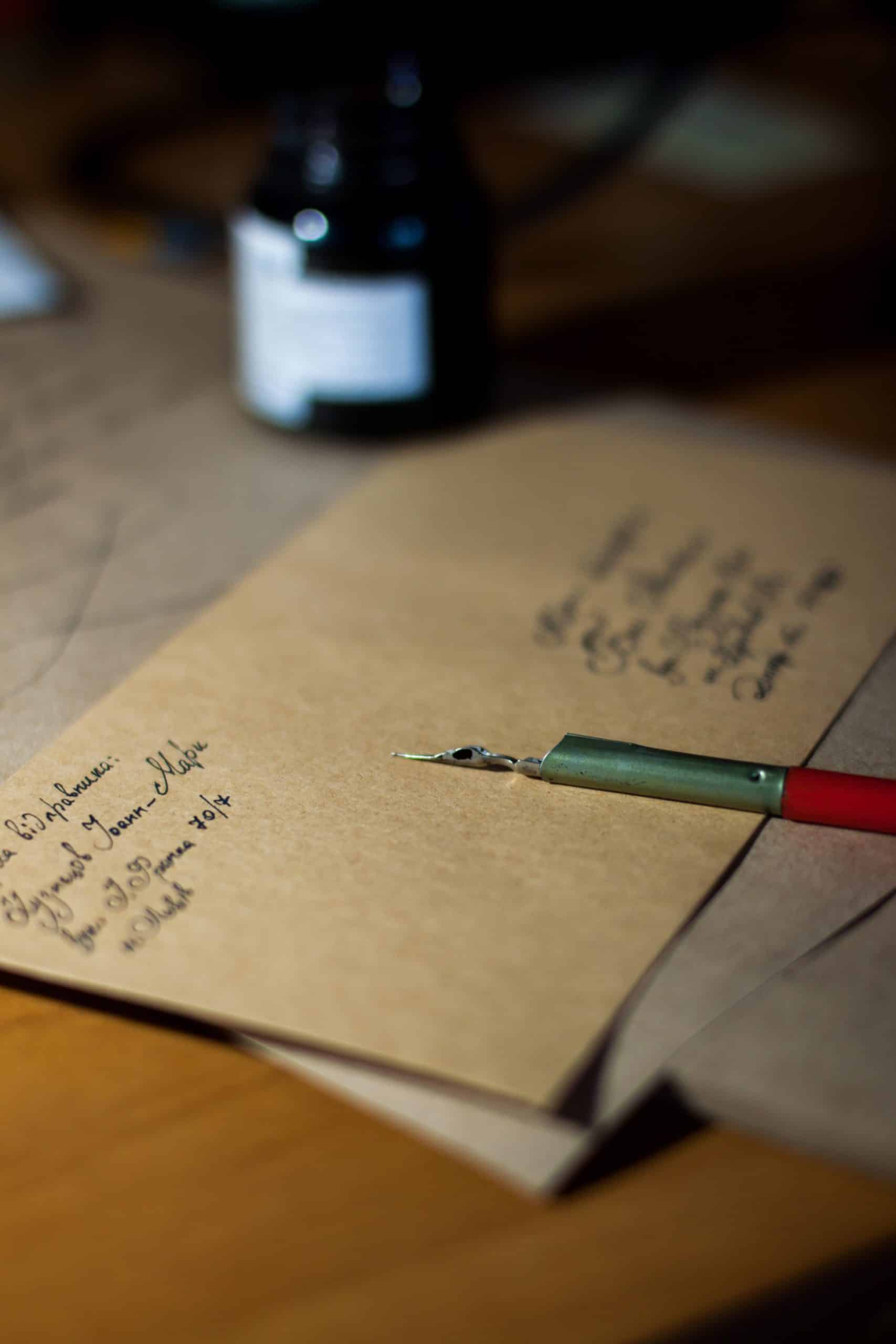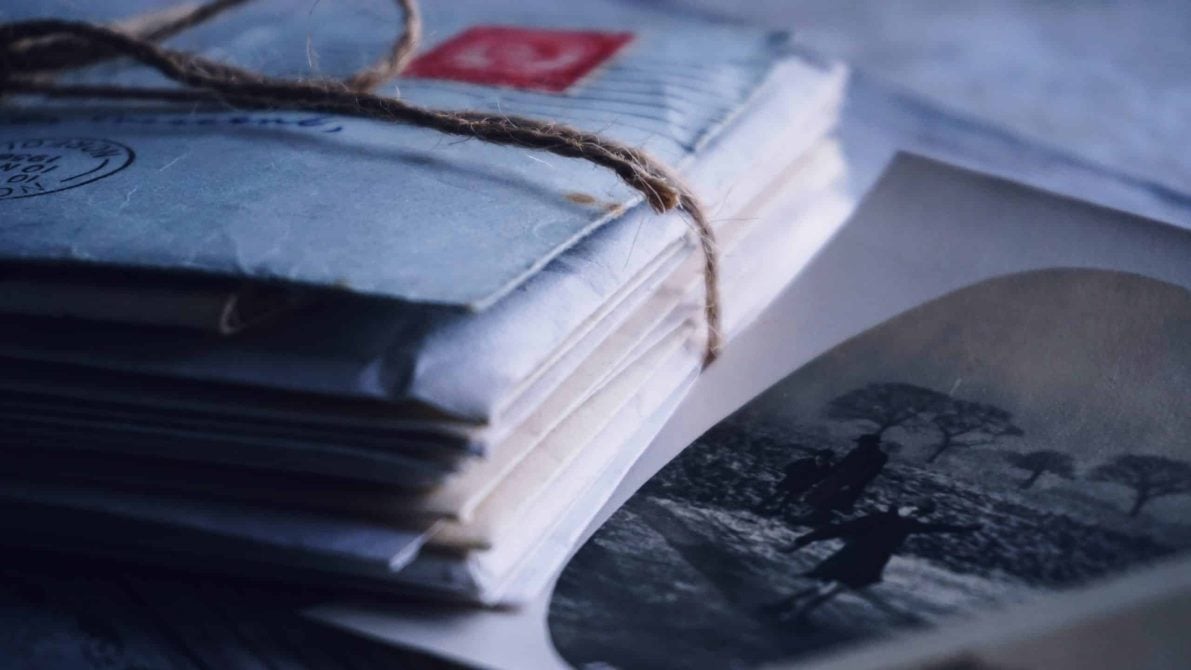
Letters take time to arrive, but a letter being “in transit” for over a century is a big surprise. A letter sent in 1916 recently arrived at its destination at Hamlet Road, South London to the amazement of its occupants. A resident told CNN that the letter actually arrived at their home two years ago, but they recently took it to the local historical society to find out more about it.
Although, under the Postal Services Act 2000, it is illegal to open mail that is not addressed to you, but Glen said he felt comfortable opening it when he saw the date, and can “only apologize” if he has committed a crime. “Once we realized it was very old, we felt that it was okay to open up the letter,” 27-year-old Glen told CNN.
To whom was the letter addressed?

Glen initially thought the letter was from 2016, seeing the date as ‘16. After taking a more critical look, he realized it was a 100-year-old letter. “We noticed that the year on it was ’16. So we thought it was 2016,” Finlay Glen told CNN. “Then we noticed that the stamp was a King rather than a Queen, so we felt that it couldn’t have been 2016.”
RELATED: Letter Handwritten To Prince William From Queen Elizabeth Goes Viral
The envelope has a one pence stamp with the head of King George V on it and was sent more than a decade before Queen Elizabeth’s birth— in the middle of World War I. According to the editor of Norwood Review, a local quarterly magazine, the letter was written to “my dear Katie” who was the wife of local stamp magnate Oswald Marsh. “As a local historian I was amazed and delighted to have the details of the letter passed to me,” said Stephen Oxford, editor of Norwood Review.
The assumed history surrounding the letter

Oxford revealed that the letter was written by a certain Christabel Mennel, the daughter of tea merchant Henry Tuke Mennel. Her family was on holiday in Bath, western England at the time of writing. “I’ve been most miserable here with a very heavy cold,” Christabel wrote to Katie.
Oxford further reported that Oswald, Katie’s husband, was “a highly regarded stamp dealer who was often called as an expert witness in cases of stamp fraud.”
“Lots of wealthy, middle-class people moved into the area in the late 1800s,” Oxford said of the 1800s South London to CNN.
How did the letter arrive at Glen’s?

A Royal Mail spokesperson revealed how the letter got to Glen’s flat is uncertain but Norwood Review editor Oxford thinks it “may well have been lost sitting in a dark corner in the Sydenham sorting office and only recently discovered.”
Glen and his girlfriend are happy to give the letter to the local archive if it has high historical significance but would also not mind keeping it if found more “innocuous.”
“… it would be nice for us to be able to hold onto it,” Glen said.
Glen who is a theater director says following this strange mail delivery, his next play might just be inspired to have some unusual twists of fate in it.
